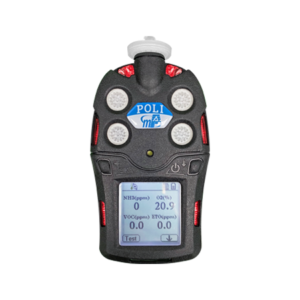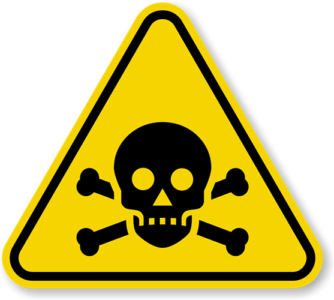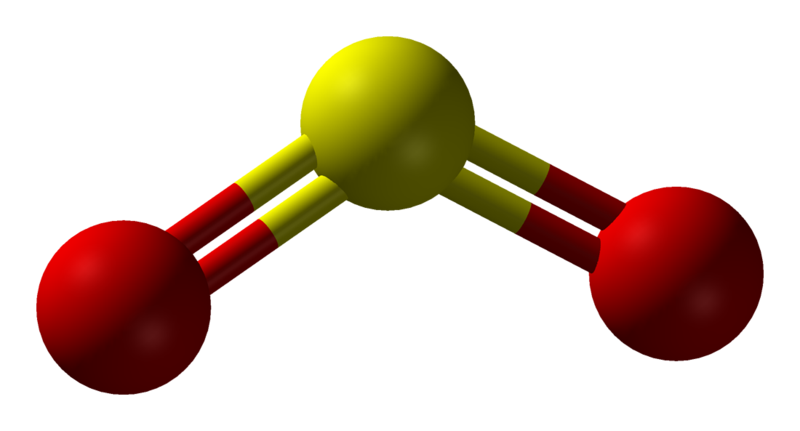Sulphur dioxide(SO2) is a colourless gas with an irritating pungent odour. It readily dissolves in water and is one of the main chemicals that causes acid rain.
It is a common air pollutant and is produced naturally by active volcanoes and forest fires. The majority of SO2 present in the environment is due to the burning of coal and oil at large industrial plants such as oil refineries and power stations. Motor vehicles, domestic boilers and fires also release the gas into the environment.
Note exposure levels are listed on Health and Safety Executives EH 40 Document. (exposure levels quoted in the above table).
Industrial Uses of SO2
One of the main uses of sulphur dioxide is as a chemical intermediate in the production of sulphuric acid. It is also used:
- as a fumigant
- a food preservative
- as a bleaching agent.
- additionally it has been used in the purification of petroleum products.
Health Hazards:
For the general population, exposure to SO2 is most likely to occur breathing in air that contains it due to the combustion of fuel for heating and cooking and the use of motor vehicles.
Exposure to sulphur dioxide can occur in the workplace, in industrial facilities such as power plants and refineries or in industries where it is used.
Breathing in sulphur dioxide causes irritation of the nose and throat. Exposure to higher concentrations can cause nausea, vomiting, stomach pain and corrosive damage to the airways and lungs. People with asthma may be more sensitive to the effects of sulphur dioxide. Skin contact with sulphur dioxide causes stinging pain, redness of the skin and blisters. Skin contact with compressed gas or liquid can cause frostbite. Eye contact will cause watering eyes and, in severe cases, blindness can occur.
Before using the gas please consult its Safety Data Sheet found on the BOC website.












